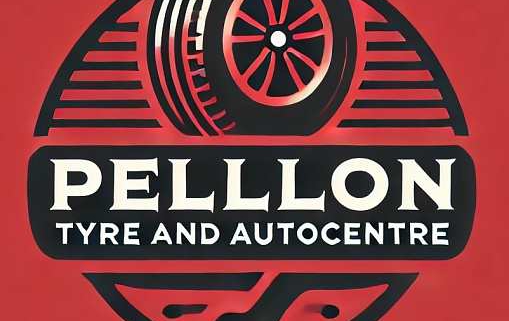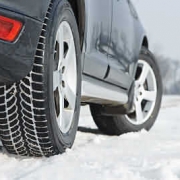Falken Safety Winter Tyres
Table of Contents
Falken Safety Winter Tyres

Falken Safety Winter Tyres
It seems crazy to me? here I am In the middle of August. Writing about winter tyres. This is something that I have done for years now. Unfortunately, I just cant get out of the habit.
I think it may be that the days are already getting shorter. Of course, I am an early riser. Consequently,the mornings are now in darkness at 5 am when I get up and see to my dogs.
So this is when I start to think about the winter and of course, winter tyres. As a result, I always order my first load of logs for the winter fires at this time of year.
Falken Safety Winter Tyres: this winter at Pellon Tyres
Of course, winter tyres are the ultimate safety companion for your car. Therefore, there are a number of separate tests. It has been shown that winter tyres are the only ones that reduce braking distances. Thus, when driving in the winter,. Winter tyres have a far shorter stopping distance when braking in snow than regular summer tyres. Hence, they are fitted as original equipment by car manufacturers.
Of course, in many parts of Europe, motorists are required by law to fit their car with winter tyres. From November onwards, vehicles that are not fitted with approved winter tyres. Hence, they are not allowed to use the roads. According to a number of separate tyre tests,. Winter tyres are the only ones that reduce braking distances when driving in the winter.
The countries with winter tyre laws do have a harsher winter than the UK. However as we all know then bad weather can strike at any time. Drivers in say Finland will drive on snow throughout the winter. The UK is different with our climate of mixed weather. it is though a more dangerous scenario. When the snow does arrive, then we are not ready for it. As a result, we get into all sorts of trouble. Trying to drive on snow covered roads with summer tyres fitted to their cars.
Falken Safety Winter Tyres Whats the difference?
When you look at a winter tyre compared to a summer tyre,. Then you will see the main difference? Winter tyres are designed with very small slits called sipes. Down the edges of the main tread blocks. On top of helping with grip, they displace slush and snow a lot better than other seasonal tyres. In my opinion, this includes all-weather tyres. Summer tyres for example, when going over snow, compact it, making it extremely slippery and solid.
Also, winter tyres are made out of a different compound than summer tyres. This includes a silica-based material that allows the tyres to flex better. Especially when the temperature drops below 7 degrees C. This allows the tyre sidewall to become more flexible. Thus giving the tread with all the sipes a better footprint in bad weather. We have nothing but praise from our regular customers. When they have fitted winters and therefore have had no safety issues in any types of weather.
For the past couple of years, our winters have been mild, wet, and slushy at worst.So there is now almost an entire generation of drivers. You may have to start learning the skills of snow and ice driving. So, during those late autumn months, it would be a good choice to take those summers off and slap on the winters. As I have emphasised,. Winter tyres will pay for themselves in terms of control and safety before you know it.
falken Safety Winter Tyres are a massive safety feature
For a long time, we in the tyre trade have had to dispel a wide spread and out dated belief. Hence,that winter tyres can only be used in icy or snow covered surfaces. Perhaps at one time this was true, but with the advances in rubber compound technology by adding “silica“. Including, tread pattern design. Then these tyres today can be used in many other inclement weather circumstances.
A recent survey was conducted in Canada. It was reported that those who drive with winter tyres on their cars. As a result, we suffer fewer accidents. In fact, most of Canada makes winter tyres compulsory in the winter months. British Columbia have very stringent tyre laws relating to winter driving. Including a 3.5 mm tread depth on winter tyres. Of all the accidents that happened on Prince Edward Island, only 6% were fitted with winter tyres.
What is the reason behind such laws? Well, it’s pretty obvious: winter tyres significantly help you maintain control during times when perhaps other tyres, not designed for driving in ice, snow, or heavy rain, would let you down. This includes the drivers here in the UK. For this reason, I have chosen Falken winter tyres as my main tyre line this winter. Both of these tyre brands have world-wide recognition for their quality and durability in the toughest of winter weather conditions.
In 2024 we have now joined Tyresafe.org to help in tyre safety campaigns.


